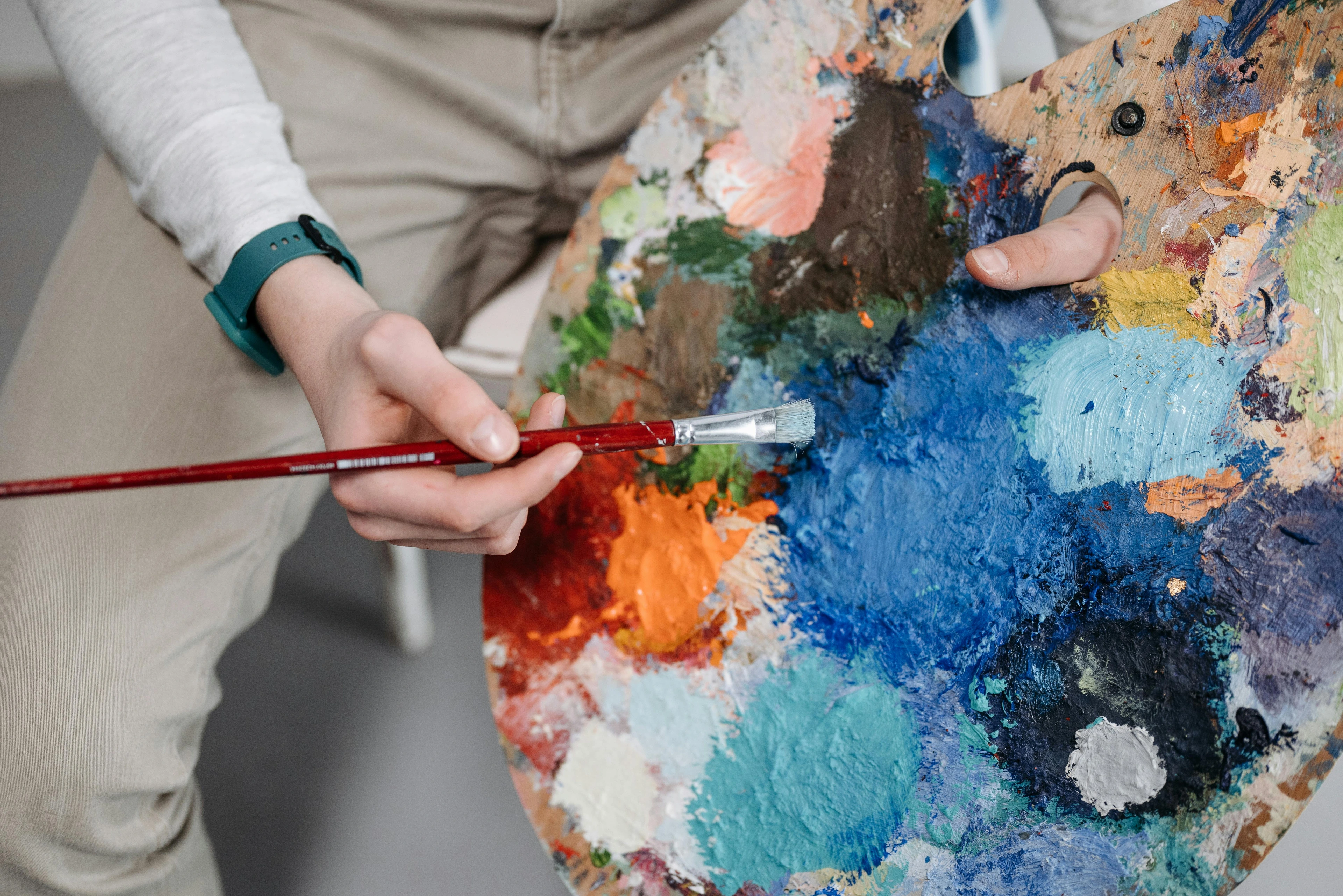
How to Make Abstract Art: Your Ultimate Guide
Learn the fundamentals of abstract art, from understanding its essence to practical techniques and finding your unique artistic voice. A beginner-friendly guide.
How to Make Abstract Art: Your Ultimate (and Human) Guide
Let's be honest, abstract art can feel a bit like trying to explain a really weird dream you had. You know it meant something, it felt like something, but putting it into words, or onto a canvas, feels… slippery. You see those splatters and shapes, maybe in a fancy gallery or online, and think, 'Okay, but how? Is it just random? Can I do that without looking like I accidentally knocked over my paint cans?'
Spoiler alert: Yes, you absolutely can. And no, it's not (usually) about paint can accidents. Trust me on this one; I've had my share of studio mishaps, and none of the good abstract pieces came from those.
Making abstract art is less about following strict rules and more about tapping into intuition, emotion, and the pure joy (or frustration, sometimes!) of playing with color and form. It's a different way of seeing and expressing, moving beyond trying to copy the world exactly. Think of it as learning a new language – one made of shape, color, texture, and line. It's a journey, and like any good trip, sometimes you get delightfully lost. This guide is your friendly map to get started.
We'll explore what abstract art even is (without the confusing jargon), the simple tools you need, fun techniques to try, and how to start finding your own unique abstract voice. It's maybe less daunting than you think, and potentially more rewarding. After all, exploring the meaning of art itself is a big part of the fun, and understanding why abstract art is compelling can unlock a new way of seeing everything.
First Things First: What Even Is Abstract Art? (The Non-Scary Version)
Okay, so before we dive into making, let's get on the same page about what we're actually talking about. At its core, abstract art is art that doesn't attempt to represent external reality accurately. Instead of painting a tree to look exactly like a tree, an abstract artist might focus on the feeling of the tree, its rough texture, the way the light hits its leaves, or simply the shapes and colors it evokes. It uses the visual language of shape, form, color, line, and texture – the fundamental elements of art – to create a composition that might exist independently of visual references in the world.
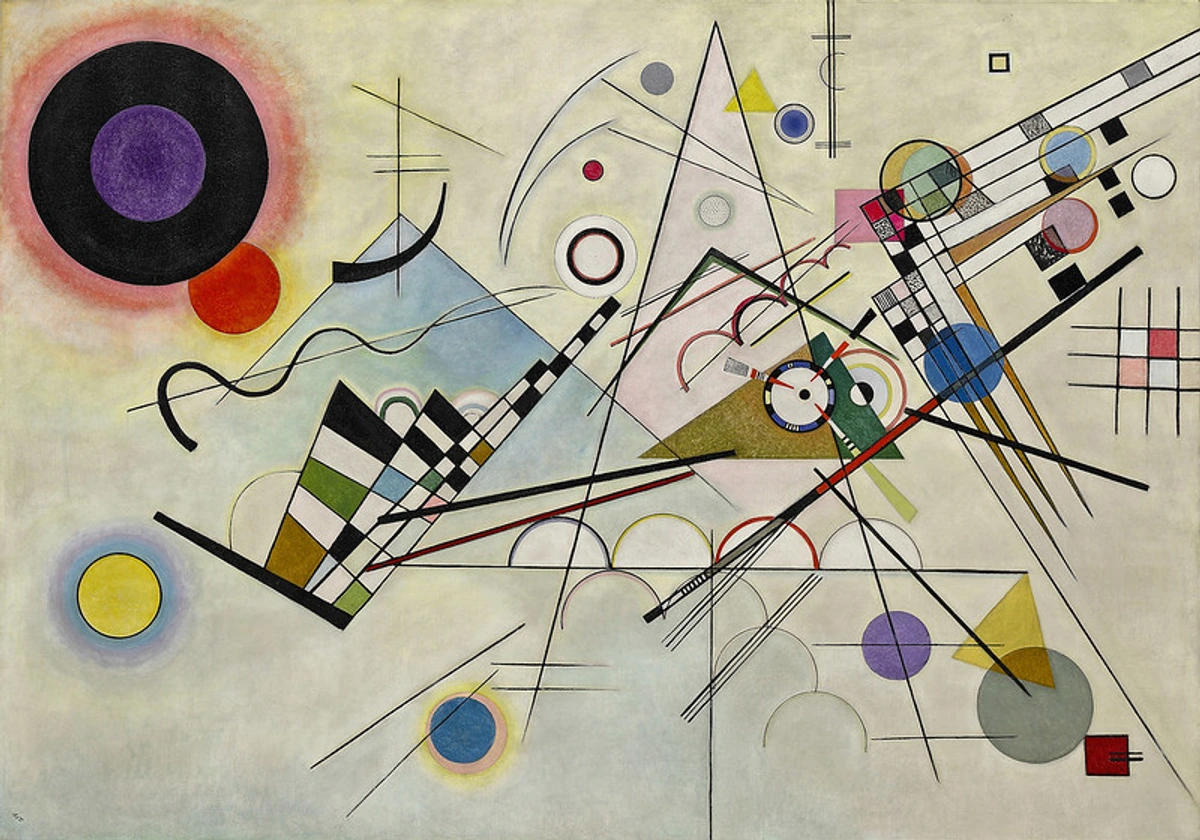
It's worth noting that there are different flavors of abstraction. Some abstract art starts with something real and then simplifies, distorts, or exaggerates it – think of early Cubism or Fauvism, where you can still sort of see the original subject. Other abstract art, often called non-objective or pure abstraction, doesn't reference the external world at all. It's just about the interplay of those visual elements (color, shape, line, etc.) for their own sake. Artists like Wassily Kandinsky, Mark Rothko, and Piet Mondrian often worked in this purely abstract realm.
It's not about creating 'nothing'. It's often about expressing emotions, exploring ideas, playing with materials, or creating a particular mood or sensation. Think of music – instrumental music doesn't represent a specific object, but it can evoke powerful feelings and images. Abstract art works similarly.
Historically, it emerged as artists started breaking away from traditional representation, wanting to explore new ways of seeing and expressing in a rapidly changing world. Movements like Cubism, Fauvism, and Expressionism paved the way. You can dive deeper into the history of abstract art if you're curious, but for now, just know it's about freedom from literal depiction.
Now that we have a basic understanding of what abstract art is (and isn't!), let's get our hands dirty.
Getting Started: Mindset & Materials
Okay, theory's nice, but let's get practical. Before you even pick up a brush, there are two things to consider: getting your head in the right space and gathering some basic supplies. They go hand-in-hand, really; having the right tools helps free your mind, and having the right mindset helps you make the most of your tools.
Ditching the Fear (Easier Said Than Done, I Know)
That little voice saying 'This looks stupid' or 'I don't know what I'm doing'? Yeah, it's pretty common, especially when venturing into abstraction. I get it. Sometimes starting feels like the hardest part. I remember staring at a blank canvas for what felt like an hour once, completely frozen, convinced whatever I did would be 'wrong'. It's a silly thought, isn't it? Especially with abstract art, where there's no 'right' way for it to look. Here's the pep talk I give myself (and now you):
- Embrace Imperfection: Seriously. Abstract art isn't about getting it 'right'. It's about the process, the exploration. Some pieces will work, some won't. It's all learning. Think of the 'failures' as stepping stones, or maybe just interesting experiments that didn't quite land. You can always paint over them!
- Focus on Feeling or Idea: Instead of 'What should this look like?', ask 'What do I want this to feel like?' Energy? Calm? Tension? Joy? Start there. Let the emotion guide your hand, not a preconceived image.
- Let Go of Realism: Remind yourself constantly: you are not trying to paint a photorealistic cat (unless you're abstracting from a cat, which is cool too!). Give yourself permission to just make marks, play with color, and see what happens. It's liberating, I promise.
- Find Inspiration Everywhere: Look at textures on a wall, the colors in a sunset, the pattern of cracks in the pavement. Finding inspiration isn't about waiting for a lightning bolt; it's about looking differently. Sometimes the most mundane things spark the most interesting ideas.
Your Abstract Art Toolkit (No Need to Break the Bank)
You don't need a fancy studio filled with expensive gear. Start simple and see what you enjoy using. Honestly, some of my favorite textures have come from things I found in the kitchen or recycling bin. Just don't tell anyone I used that old spatula for paint application.

- Surfaces:
- Canvas: Traditional, comes in various sizes. Consider how the scale of your surface might impact your approach – working large can encourage grand, sweeping gestures, while small surfaces might lead to more intricate details.
- Paper: Heavyweight paper (watercolor or mixed media paper) is great for experiments. It's less intimidating than a big canvas.
- Wood Panel: Provides a rigid surface, interesting texture.
- Cardboard/Recycled Materials: Cheap and accessible for practice! Don't underestimate the humble cardboard box.
- Mediums (Pick one or two to start):
- Acrylics: Super versatile, fast-drying, easy cleanup. Great for beginners. You can thin them with water for washes or use them thickly.
- Oils: Rich, luminous colors, slow-drying (allows for more blending time, but requires solvents for cleanup). A classic for a reason.
- Watercolors: Transparent, good for washes and layering effects. Can create beautiful, ethereal abstract pieces.
- Mixed Media: Don't limit yourself! Combine paint with charcoal, pastels, ink, try collage art techniques, incorporate text/words, or even found objects. The possibilities are endless.
- Tools:
- Brushes: A few different sizes (flat, round, large, small). Don't need a million, just a few that feel good in your hand.
- Palette Knives: For applying thick paint (impasto, which means applying paint so thickly that brushstrokes or knife marks are visible and create texture) and creating texture. Also great for mixing paint.
- Sponges, Rags, Old Credit Cards: Anything that makes interesting marks! Look around your house; you'll be surprised.
- Your Fingers: Seriously, sometimes they're the best tool. Just be mindful of paint safety.
- Color Palette: Start with a few basic colors (primaries plus black and white) or grab a pre-made set. You can explore color theory later, but don't let it paralyze you now. Just pick colors that call to you.
- Other Stuff: Palette (a paper plate works!), water containers (for acrylics/watercolor), rags/paper towels, easel (optional, a table works fine). And maybe some old clothes you don't mind getting paint on.
Let's Paint! Abstract Techniques & Exercises
Okay, ready? These techniques are starting points, not rigid rules. Mix them, match them, break them! Think of them as prompts to get you going.
Technique 1: Intuitive Mark-Making & Gesture
Give this a shot! This is about letting loose and responding physically and emotionally. Think energy, movement, spontaneity. It's closely related to Abstract Expressionism.
- How: Put on some music that evokes a strong mood. Stand up if you can, use your whole arm, not just your wrist. Apply paint quickly, intuitively. Scribble, drip, splash (within reason!), scrape. Don't overthink, just react. Let the marks flow from your body and your feeling.
- Exercise: Choose 2-3 colors. Put on a piece of music (instrumental often works well). For the duration of the song, just make marks on your surface. Try different tools. Let the colors mix. When the song ends, stop. Look at what you've made. What surprises you? What does it feel like?
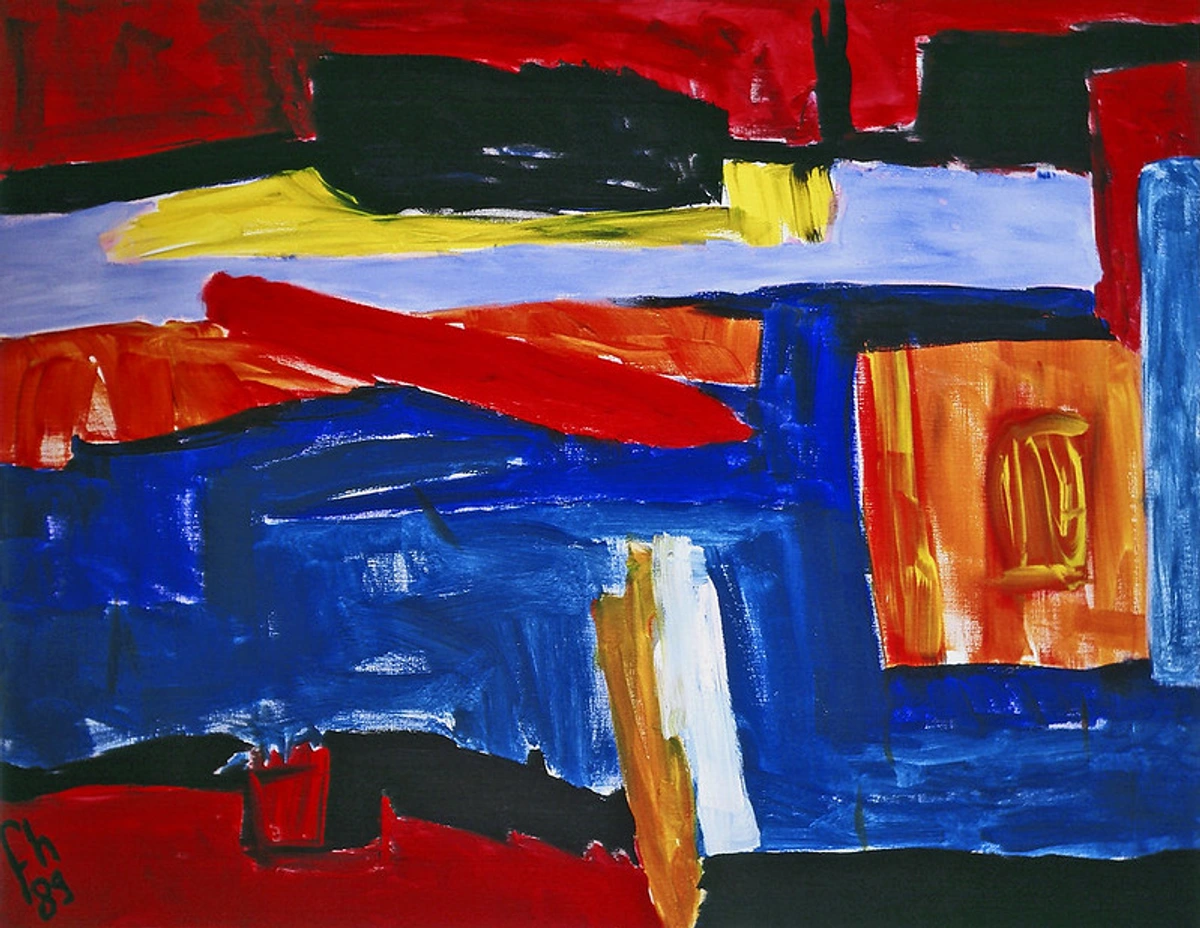
Technique 2: Color Fields & Layering
Inspired by artists like Mark Rothko, this focuses on the emotional impact of large areas of color and how they interact.
- How: Apply broad areas of color. Explore subtle shifts in hue or value. Layer colors – either thin washes (glazes) that are transparent and allow underlying colors to show through, or thicker opaque layers that cover what's beneath. Consider the edges where colors meet – are they sharp and defined, or soft and blended? How does the interaction of colors make you feel?
- Exercise: Divide your canvas into 2-3 large sections. Fill each with a solid color. Let it dry. Now, mix a slightly different shade or a contrasting color and paint another layer over one section, perhaps letting some of the original show through (a glaze) or completely covering it (an opaque layer). Experiment with blending edges or keeping them crisp.
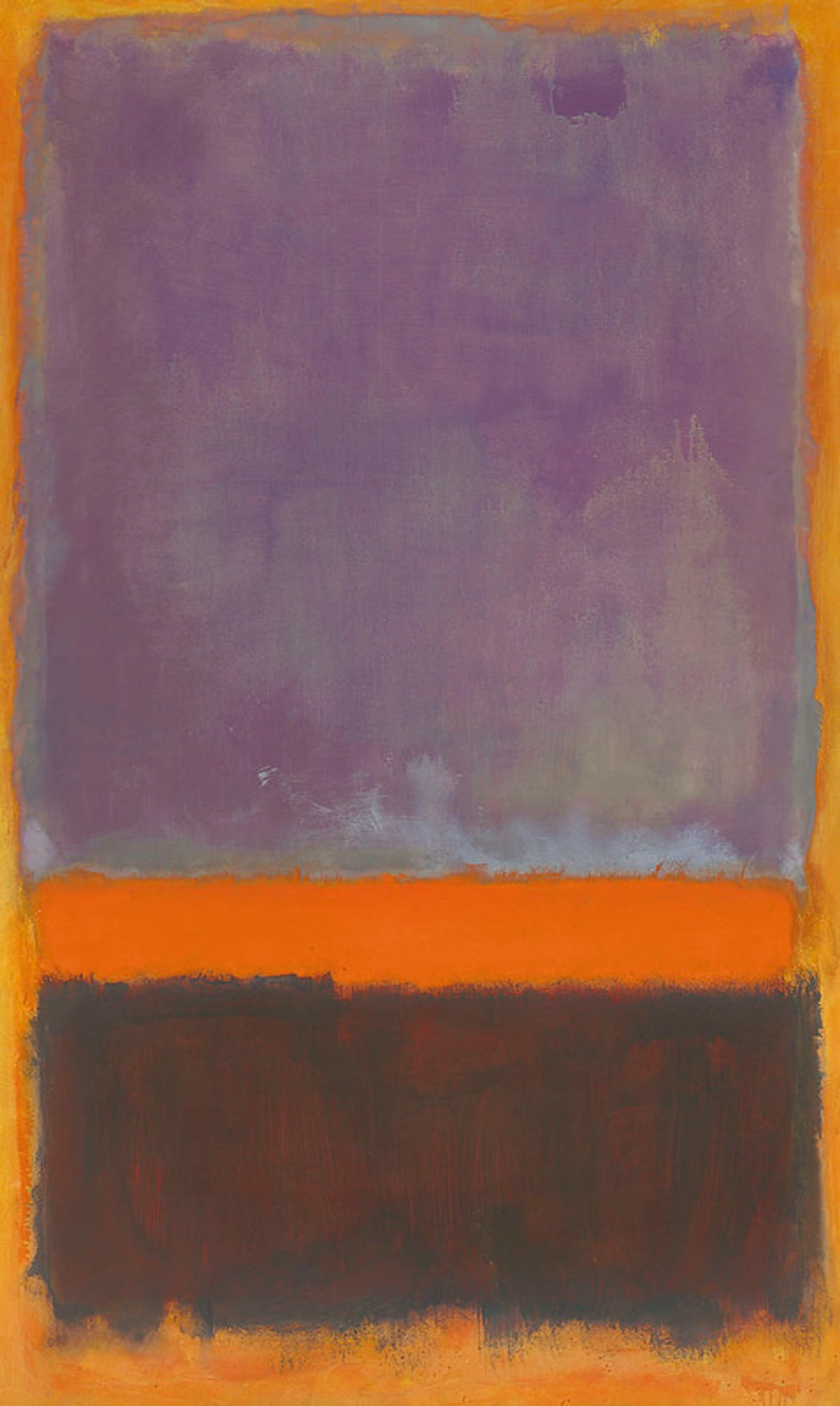
Technique 3: Geometric Abstraction
Ready for something a bit more structured? This approach uses geometric shapes, lines, and often a more planned composition. Think Piet Mondrian or aspects of Cubism. Remember, the shapes don't have to be perfectly straight or rigid; they can be organic or hand-drawn geometric forms too!
- How: Use rulers, tape (painter's tape works well for crisp edges), or stencils to create shapes and lines. Explore patterns, grids, symmetry, or deliberately break symmetry. Focus on the relationships between shapes and the spaces between them. How do these clean forms interact?
- Exercise: Use painter's tape to mask off sections of your surface, creating geometric shapes. Paint within the taped areas. Let it dry, remove the tape. You can then tape over new areas and add more layers of color and shape. Or try drawing geometric shapes freehand and filling them in.
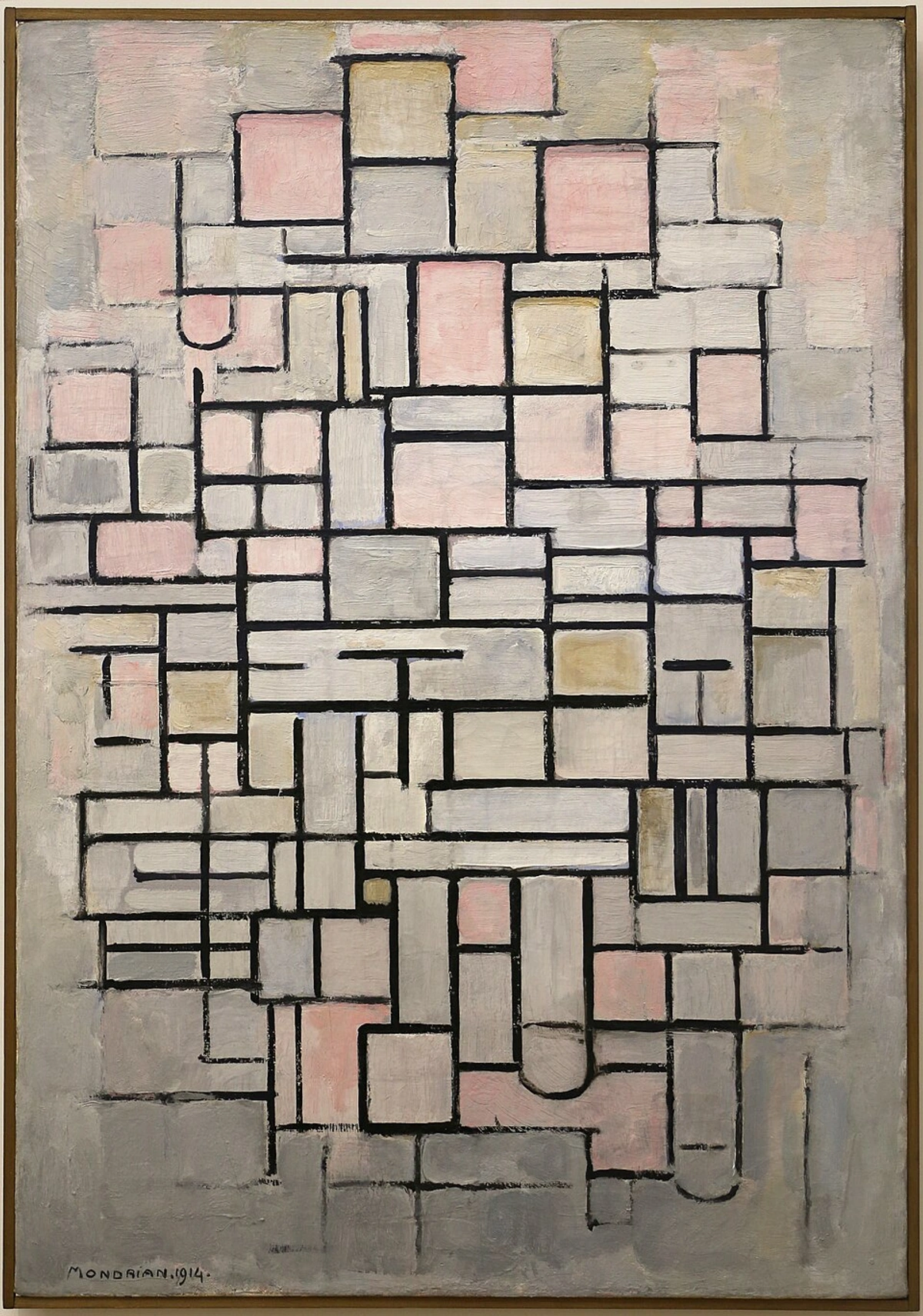
Technique 4: Deconstruction & Simplification
This is a great bridge from realism. Start with something recognizable and break it down.
- How: Choose an object, figure, or landscape. Sketch it simply. Then, create a version focusing only on the main shapes. Then another focusing only on the colors. Then another emphasizing certain lines or movements. Keep simplifying and abstracting until the original subject is barely (or not at all) recognizable, but its essence remains. It's like finding the abstract core of something real.
- Exercise: Find a simple photo or object (like a piece of fruit). Do a quick realistic sketch. On a new surface, paint just the dominant colors you see in large blocks. On another, paint only the strongest lines or contours. On a fourth, combine elements from the color and line studies in a non-realistic way.
Technique 5: Texture & Mixed Media
Abstract art is often as much about how it feels as how it looks. Texture adds another dimension.
- How: Mix things into your paint (sand, coffee grounds - experiment!), apply paint thickly with a palette knife (impasto), use textured Gesso as a base, scrape into wet paint, or incorporate collage elements like paper, fabric, or found objects. Don't be afraid to get tactile!
- Exercise: Prepare a surface with textured Gesso or modeling paste. Once dry, paint over it, letting the texture influence your marks. On another piece, apply thick paint with a palette knife. Try embedding small pieces of paper or thread into wet paint.
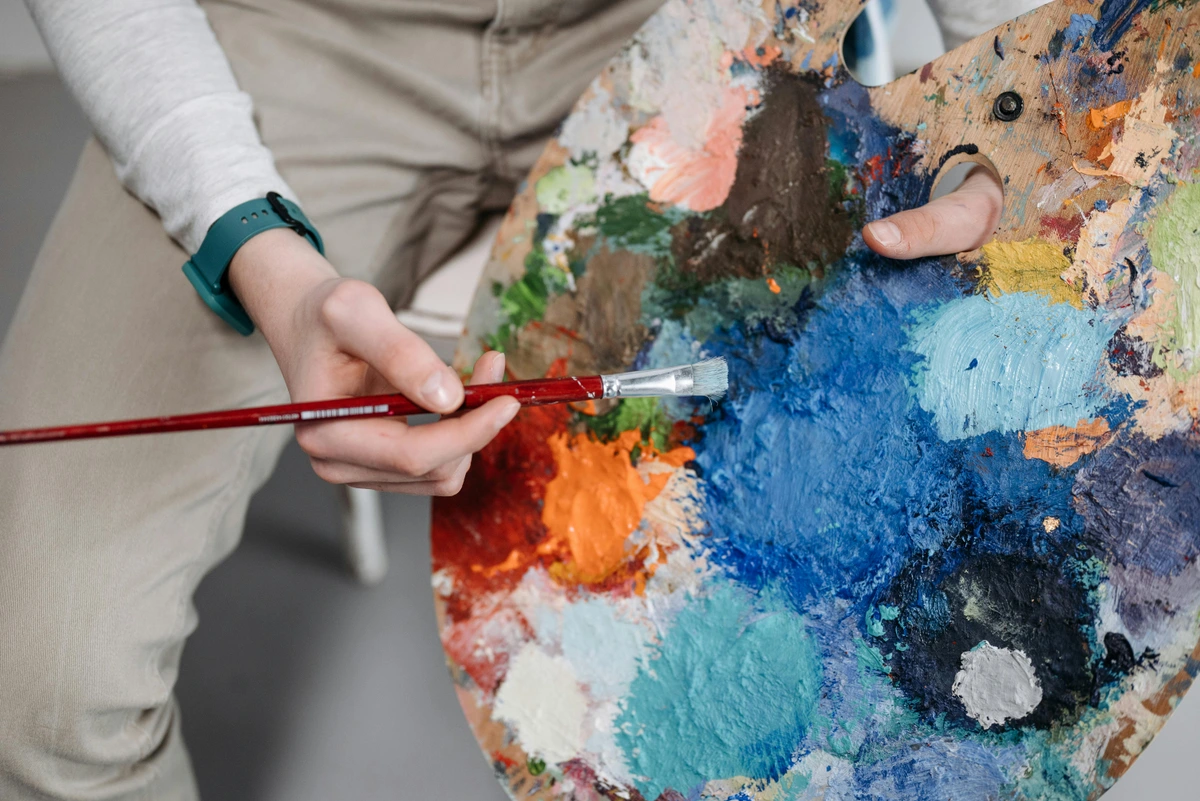
Technique 6: Minimalist Abstraction
Sometimes less is more. This technique focuses on using a limited number of elements, colors, or forms to create impact through simplicity, space, and subtle relationships.
- How: Work with a restricted color palette (maybe just two or three colors and white). Use simple shapes or lines, or even just large areas of flat color. Focus on the edges, the negative space, and the subtle interactions between the few elements you choose. It's about quiet power and precision.
- Exercise: Choose one shape (a circle, a square, a single line) and two colors plus white. Create a composition using only these elements. Experiment with placement, size, and the amount of empty space. See how much you can say with very little.
Finding Your Voice (The Ongoing Adventure)
Okay, you've tried some techniques. Now what? How do you move from exercises to creating art that feels like yours? This is where the real journey begins.
There's no magic formula, unfortunately. It's an ongoing process, a bit like figuring out your personality. But here are some pointers:
- Experiment Relentlessly: Don't just try each technique once. Combine them. See what happens if you put gestural marks over a color field, or add collage to a geometric piece. The more you play, the more you'll discover what resonates. What combinations feel exciting? What tools do you keep reaching for?
- Pay Attention to Composition: Even without recognizable subjects, how you arrange your shapes, colors, and lines matters immensely. Think about balance (symmetrical or asymmetrical?), rhythm (how your eye moves through the piece), focal points (where do you want the viewer to look?), and tension (creating visual interest through contrast or placement). A strong composition holds the abstract elements together.
- Work in Series: Many abstract artists explore an idea, technique, or color palette over multiple pieces. This is a practical way to develop a voice and can be less pressure than aiming for a single 'masterpiece'. Each piece informs the next, allowing you to refine your ideas and discover new possibilities within a theme.
- Keep an Abstract Sketchbook/Journal: This isn't just for realistic drawing. Use it to test color combinations, doodle abstract shapes, experiment with textures, or jot down ideas or feelings you want to explore visually. Sometimes just writing about what you want to express can unlock visual ideas. It's a space for pure visual thinking, part of developing your own artistic timeline.
- Look Critically (But Kindly) at Your Work: Step back often. Turn the painting upside down. What parts draw your eye? What colors feel exciting together? What marks feel authentic? Don't judge it as 'good' or 'bad', just observe what you respond to. This helps you start defining your personal art style and taste.
- Study Other Artists: Look at lots of abstract art and also contemporary abstract artists (you can find many painters of today online or in galleries). Ask yourself why you like a certain piece. Is it the color? The energy? The composition? The texture? Don't aim to copy, aim to understand what techniques create the effects you admire.
- Be Patient (Ugh, I Know): Finding your voice takes time and lots of painting. Some days will feel frustrating, like you're just making mud. I've definitely had those days where I wanted to throw the whole thing out the window. But other days, something clicks. It's like learning an instrument – practice, even when it sounds bad, builds skill and eventually leads to music. Trust the process. Keep showing up.
Common Questions & Gentle Nudges (FAQ)
Here are some things people often wonder about when diving into abstract art:
- How do I know when it's finished? This is the million-dollar question! There's no bell that rings. Often, it's intuition. Does it feel resolved? Does adding more feel unnecessary or like it would clutter it? Sometimes the best thing is to step away for a day or two and look at it with fresh eyes. Overworking is a common challenge. If you're unsure, stop, take a photo, and come back later. You can always add more, but you can't easily take it away.
- What if I absolutely hate what I made? Welcome to the club! Every artist makes work they don't like. It's not failure; it's data. Why do you hate it? Was it the colors? The composition? The texture? Learn from it. The beauty of paint (especially acrylics and oils) is that you can often paint right over it and start again. Or just set it aside and move on to the next piece. Not every piece is a keeper, and that's perfectly okay.
- Does my abstract art need to have a deep meaning? It can, but it absolutely doesn't have to. Some abstract art is purely about aesthetics – the interplay of color, shape, and texture. Some is about conveying a specific emotion or concept. Sometimes the meaning emerges during the process. And remember, the viewer always brings their own interpretation, which is part of the magic. Learning how to read a painting applies here too, but the 'reading' is more open-ended. Don't feel pressured to have a profound explanation ready.
- How do I title abstract art? Or should I explain it? This causes so much anxiety! You can title it based on the feeling it evokes, the colors used, the date, a piece of music you listened to while making it, or something completely random. Or you can title it something simple like "Untitled" or "Composition #1". As for explaining it, sometimes a brief artist statement can add context, but often the art should speak for itself. If someone asks, you can share your process or the feeling you were exploring, but don't feel you owe them an explanation.
You've Got This!
Abstract art is a playground for your creativity. It's a space to play, to explore, to express without the pressure of perfection or literal representation. Embrace the process, be curious, and most importantly, have fun with it. Now go make some beautiful, messy, wonderful abstract art!




